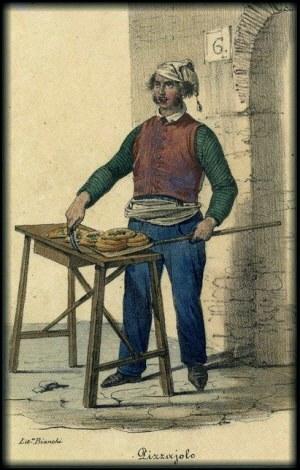Description
This project is an effort to extend and adapt basic evolutionary concepts to the study of cities. It starts from the proposition that urbanites are a city’s way of making another city. Cities encode information about how to make new versions of themselves. This information contains implicit instructions for the types of uses and users that would recreate the city, or more specifically the various features and forms that comprise it. But this code cannot run itself, it requires facilitating conditions that can process it: urbanites. In running the urban script, urban dwellers are recruited into making tomorrow’s city resemble today’s. As this takes place in a shifting, uncertain, competitive, and complex environment, this is far from a static or deterministic process. The genetic code of cities is constantly evolving through mutations, selective pressures of various forms, differential replication, and related processes.
Taking this statement seriously orients the Urban Genome Project. A first and major theoretical challenge is to transform this intuition into a tractable model that can inform research. The goal is to fashion a structured yet flexible vocabulary for formulating and exploring hypotheses about urban genetics. This model is not created anew from whole cloth. Rather, it joins elements and ideas from diverse fields of urban and related research into a synthetic framework. Nor does it seek to determine a priori all relevant variables and how they should be stratified. Yet it does aim to provide a vocabulary for evaluating and comparing potential variables, and guiding questions about how these variables might fit together.
We pursue this theoretical project along a number of related fronts. A first step is to articulate a formal definition of the urban genome and the interconnected elements that sustain and change it. These all cohere in what we term the “Signature.”
Sig(c, t, F, L, S, E, w)
The Signature encodes, for some spatial area c, at time point or interval t, the physical form, plus information about its intended or implied uses or activities, and intended or implied users or groups (F). Information about F is transmitted via some signal (S), and reproduced by agents through L which specifies the actual activities performed by actual groups of people, plus the resources available to the groups to perform activities. All of this takes place within a broader macro-environment (E). Finally, w represents a “world” in which the signature exists. In most cases, we will omit this parameter, but when we need to compare alternative signatures for the same space c and time t, w will be used to distinguish them (i.e., alternative worlds).
A second step builds out this model to show how it can be used to articulate processes of recoding. Recoding occurs when the urban genome (F in the Signature) is changed. We elaborate several ways that this can happen, for instance through changes in the Environment (Environmentally Induced Recoding), in the activity patterns and identities of agents (L induced recoding), or in the nature and reach of Signals that convey information about the genome (Signal Induced Recoding).
A third step moves from recoding to replication, and introduces the concept of the formeme. Formemes are urban versions of memes — small bits of urban form that replicate, such as the cul-de-sac, the bohemian neighbourhood, streetscape design, or public art. Adapting concepts from population genetics, we develop models for the study of population formetics, which examine changes in the formetic diversity of urban populations. Key processes that shift formetic diversity include migration, mutation, and selection. As formemes spread and adapt, they form lineages and are subject to differential survival rates, generating the basis for evolving urban species.
Last we develop concepts for studying more complex evolutionary processes, in which multiple genomes, signatures, and formemes combine into larger complexes that in turn create distinct ecologies. Examples of such processes include seeding, scaling, and niche construction.





